If you ever find yourself in a medical emergency, knowing how much an ambulance ride costs can prevent you from surprise charges. Ambulance rides aren’t inexpensive, and rates vary depending on service type, distance, and level of emergency. Most people assume insurance provided. Urban areas charge lower prices because of competition, while rural areas are higher priced because of distance traveled and unavailability. The following is an approximate cost table for easy reference:pays for everything, but out-of-pocket expenses can be high.
Here, you will learn the average fees for regular and premium ambulance services, factors that affect costs, insurance information, and strategies for reducing the cost. Having this knowledge puts you ahead of time, prevents surprises, and makes informed decisions when you or your loved one requires emergency medical transport.
Average Cost of an Ambulance Ride
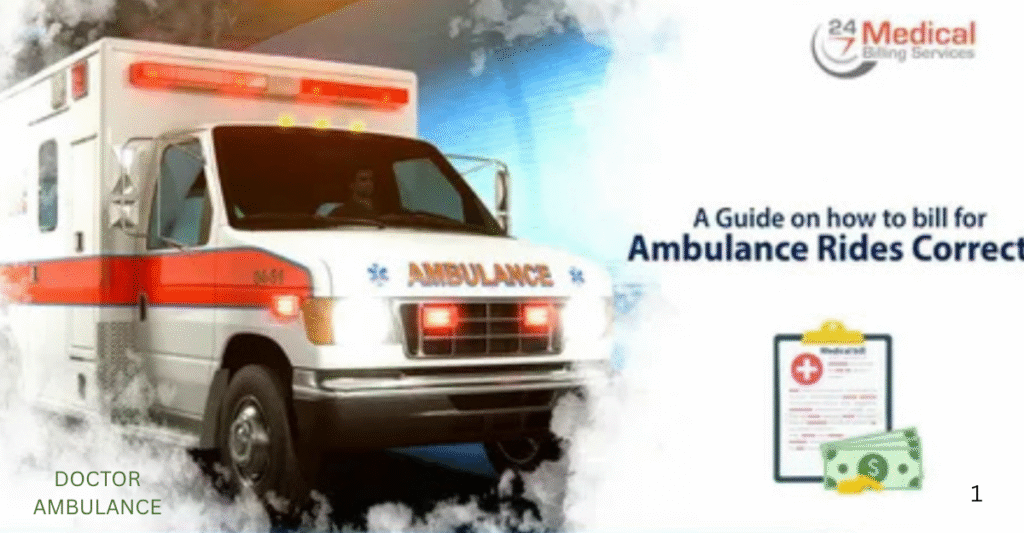
The price of an ambulance ride varies extensively based on the level of service and area. A Basic Life Support (BLS) ambulance ride, which is for non-emergency treatment where basic monitoring and transportation are needed, is priced at $400 to $1,200. Advanced Life Support (ALS) rides, which are for emergency procedures, medication, and high-level care, range from $1,200 to $2,500 or higher.
Air ambulance transport by helicopter or aircraft is much pricier. Charges of between $10,000 to more than $50,000 can be levied based on traveling distance and service. Prices in urban areas are relatively lower due to competition, while in rural areas, prices are higher because of traveling distance and availability. The following table is an estimate for quick reference:
| Type of Ambulance | Average Cost Range | Notes |
| Basic Life Support (BLS) | $400–$1,200 | Non-emergency, basic monitoring |
| Advanced Life Support (ALS) | $1,200–$2,500+ | Critical care, medications, emergency interventions |
| Air Ambulance | $10,000–$50,000+ | Helicopter or plane transport, often life-saving |
Factors That Affect the Cost
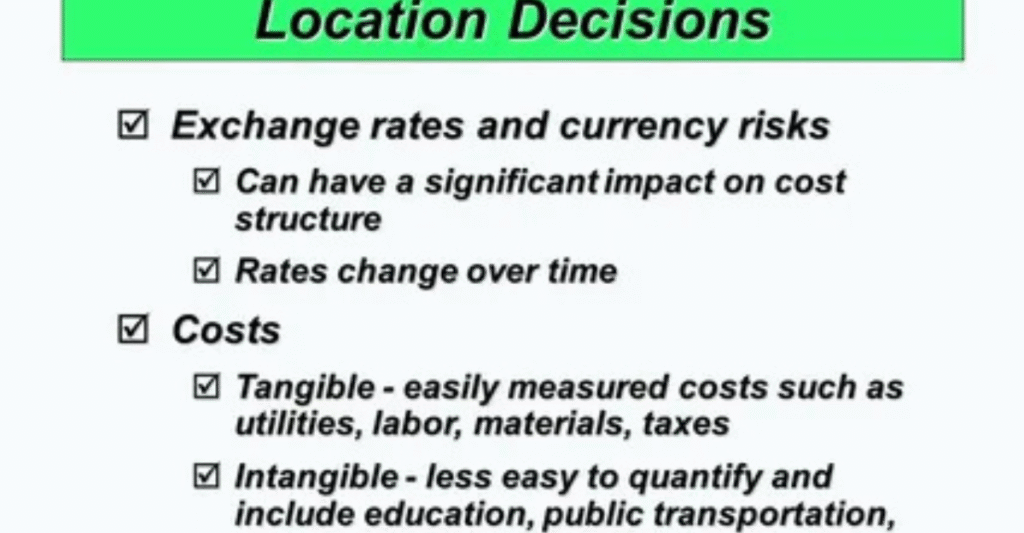
There are several elements that determine how costly an ambulance trip is. The first one is the level of service. A standard BLS trip will be much cheaper than ALS or flight. The second important one is distance. Most ambulances price per mile, and this can add up very fast on longer trips.
Emergency level also impacts cost. Life-threatening cases typically call for more equipment, staff, and drugs. Equipment like oxygen, IV fluids, and critical care monitoring equipment is additional. State and county laws also apply, as there may be regulations on the charges for ambulances. Calls during evening or weekend hours may involve surcharges. Understanding these factors enables you to budget costs prior to crisis striking.
CHEAK: https://doctorambulance.com/do-ambulance-lights-turn-off-when-someone-dies/
Insurance and Coverage
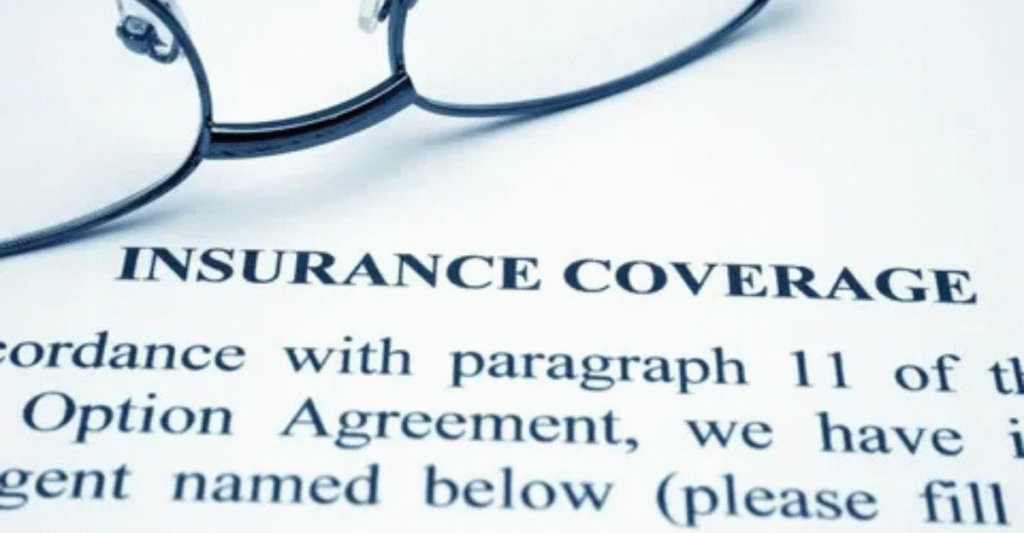
Insurance lowers the price of ambulance charges by a significant percentage. Ambulance transport under private medical policies is covered in the majority of cases, with the paymeny based on whether or not the provider is part of the network. Medicare and Medicaid cover medically necessary travel partially, but with holes.
Copays, coinsurance, and deductibles are still out there, so the patient could pay hundreds out-of-pocket even with a policy. Non-emergency rides, like those used for hospital transfers, might not be covered by each insurance plan. Be sure to check coverage before booking a ride. Pre-approval and going through in-network providers can save enormous sums of money. Check your insurance policy closely to prevent surprise bills
Out-of-Pocket Costs Without Insurance
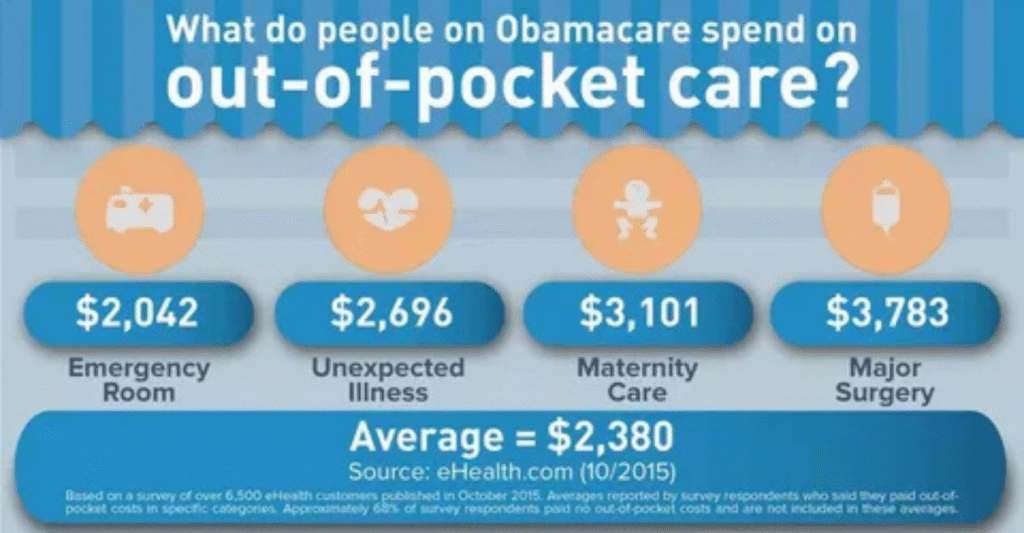
If you do not have insurance, rides in an ambulance can be expensive. A near-home BLS ride might cost nearly $500, and an ALS ride might cost more than $2,000. A ride by air or an ambulance over a long distance might cost tens of thousands of dollars.
There are also hidden costs. Separate fees for emergency room visits and follow-up care may be added by hospitals, adding to the overall cost. Some actual case examples present patients who are billed more than $10,000 for a quick visit to a nearby hospital as a result of emergency care and mileage charges. Without insurance, it’s important to request an estimated fee from the provider and inquire about financial aid if necessary.
Ways to Manage or Reduce the Cost

There are a few options for cutting ambulance costs. The key is to utilize insurance responsibly. Always make sure the provider is in-network and try to get pre-approval if possible. Some ambulance services also provide payment plans or financial aid programs for patients who are unable to pay in full.
Some regions have membership programs that provide unlimited emergency rides at an annual fee. Non-emergency medical transport services can substitute the expensive ambulance ride for non-emergency conditions. Speaking with the billing department can also lower the fees or enable you to dispute a bill. Proactive and informed approach can save thousands of dollars in unplanned ambulance bills.
Case Study: Understanding Ambulance Costs in Real Life
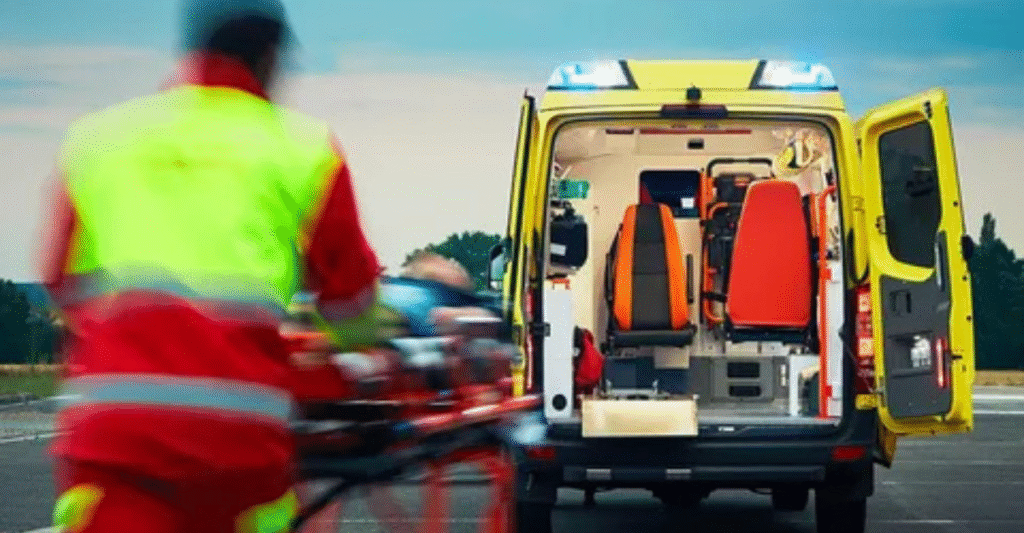
Consider a 65-year-old patient who needed to be transported in an ALS ambulance because he was experiencing a heart condition. The 15-mile transport to a hospital included oxygen, medication, and cardiac monitoring. The cost was $2,300. The patient paid $500 out-of-pocket and Medicare paid the remaining amount, while supplemental insurance covered the rest.
On the other hand, a rural Montana resident aged 30 needed a BLS ride of over 50 miles. A failure in insurance coverage equated to an out-of-pocket payment of $1,200, comprising mileage and supplies. These instances demonstrate that total charges are highly affected by location, type of service, and insurance coverage.
Cost comparison Table for Quick Reference
| Scenario | Distance | Type | Cost Without Insurance | Cost With Insurance |
| Local BLS | 5 miles | Non-emergency | $500 | $150 |
| Urban ALS | 10 miles | Emergency | $1,800 | $400 |
| Rural BLS | 50 miles | Non-emergency | $1,200 | $300 |
| Air Ambulance | 100 miles | Critical care | $25,000 | $5,000 |
Hidden Fees You Might Not Expect

Surprise fees are common in ambulance bills. These can be for mileage, use of oxygen, IV fluids, or high-tech monitoring devices. Some patients even receive administrative charges tacked on by private ambulance operators.
A $500 quick ride can quickly escalate into $1,000 when surprise fees find their way in. Always request an itemized bill so you can dispute or challenge extra charges. Ambulance operators and hospitals are legally bound to provide this breakdown at your request
Why Location Matters for Ambulance Cost
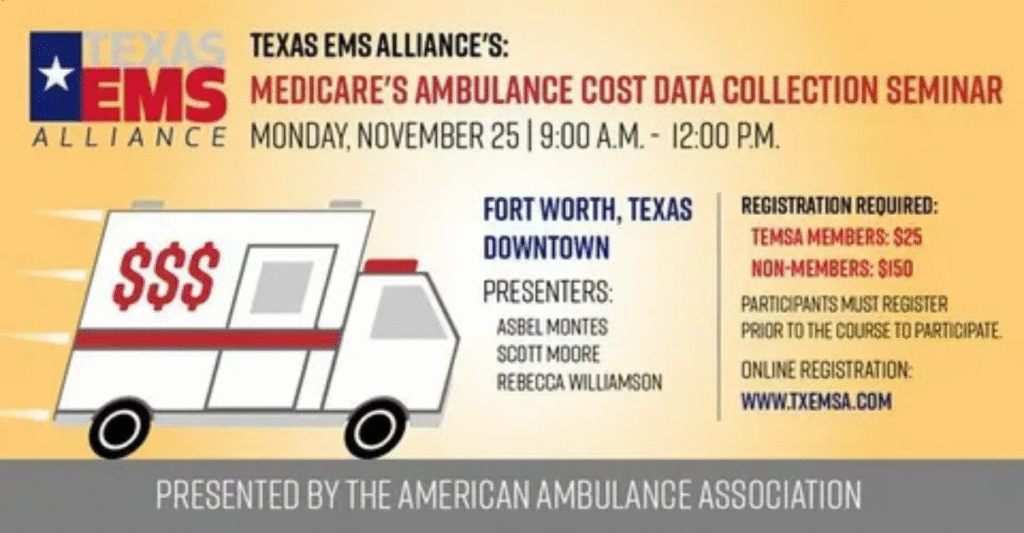
Where you live is a big factor in whether or not an ambulance ride costs a lot. Big cities have more ambulance providers and therefore there is competition based on price. Rural towns may have only one provider and that drives the cost up.
The further distances of rural communities come with extra mileage charges, and in emergencies, air ambulances become the only recourse. This makes the bill even larger. Being aware of the local rates can help you, especially if you live far from big hospital
Emergency vs Non-Emergency Transport
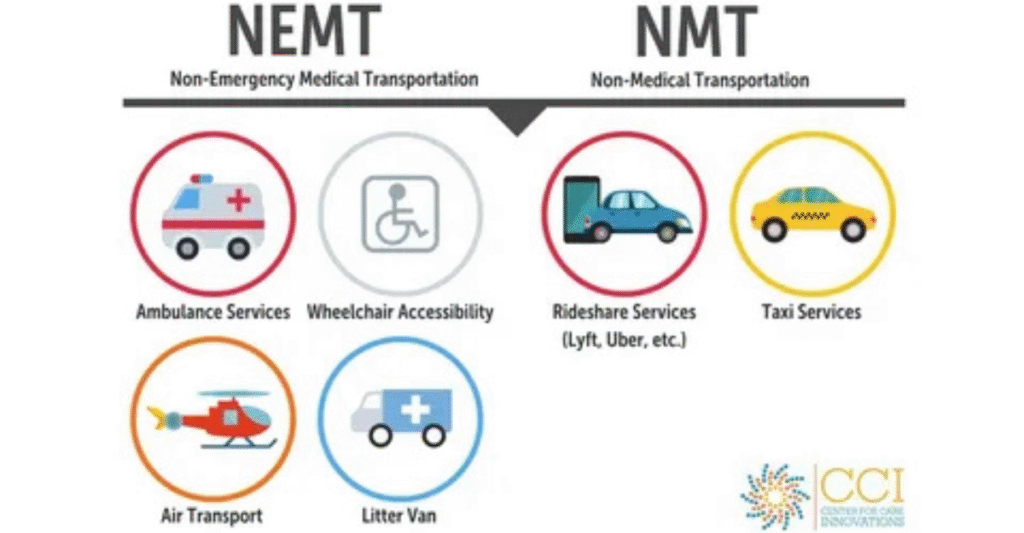
Not everything taken in an ambulance is an emergency. Non-emergency medical transportation is used for hospital transfer, dialysis appointments, or patient transfer from one facility to another. These are usually less expensive than emergency transport, but they are not always covered under insurance unless medically necessary.
Emergency transport, however, requires greater expenses based on advanced staff, equipment, and urgency. Understanding the difference saves dollars if a case does not necessarily need advanced emergency treatment
How Ambulance Membership Programs Work
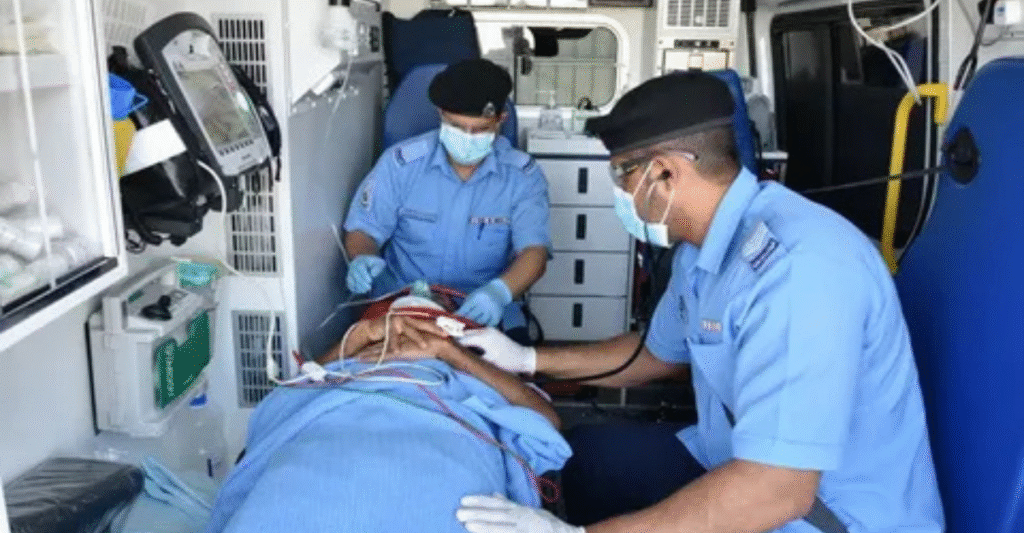
Ambulance membership programs are available in certain cities and for-profit organizations. Memberships are subscription plans for patients to have unlimited emergency trips for either a yearly or monthly payment, usually $50–$100.
Memberships only cover the local provider, so they may not be portable outside of the service area. These programs can relieve family financial stress for those with chronic illness or older members. Verify if a membership plan exists in your area and if your insurance will work well with it
YOU WILL LIKE: https://doctorambulance.com/does-insurance-cover-ambulance-a-complete-guide-to-ambulance-coverag/
Air Ambulances: Why They Cost So Much

Air ambulances are generally life-saving but extremely expensive. A helicopter trip within a state is $20,000, and interstate flights are more than $50,000. The cost comes from fuel, workers’ wages, and top-level medical equipment onboard. Insurance does pay for air ambulances at times, but the conditions are strict. The service must be demonstrated “medically necessary,” or no ground ambulance could carry the patient safely. Always verify coverage, since without it, patients tend to end up with enormous bills.
Ambulance Bill Tips
When you receive an ambulance bill, do not panic. The first thing to do is review the itemized charges in detail. Look for duplicate charges, unclear charges, or services not provided. Call your insurance company to ask how much they paid and what is owed by you. If the bill is high, call the ambulance company to negotiate. Most businesses reduce charges for uninsured patients or offer payment plans. Record each call and agreement, as this may come in handy in case you appeal the bill later.
The Future of Ambulance Costs
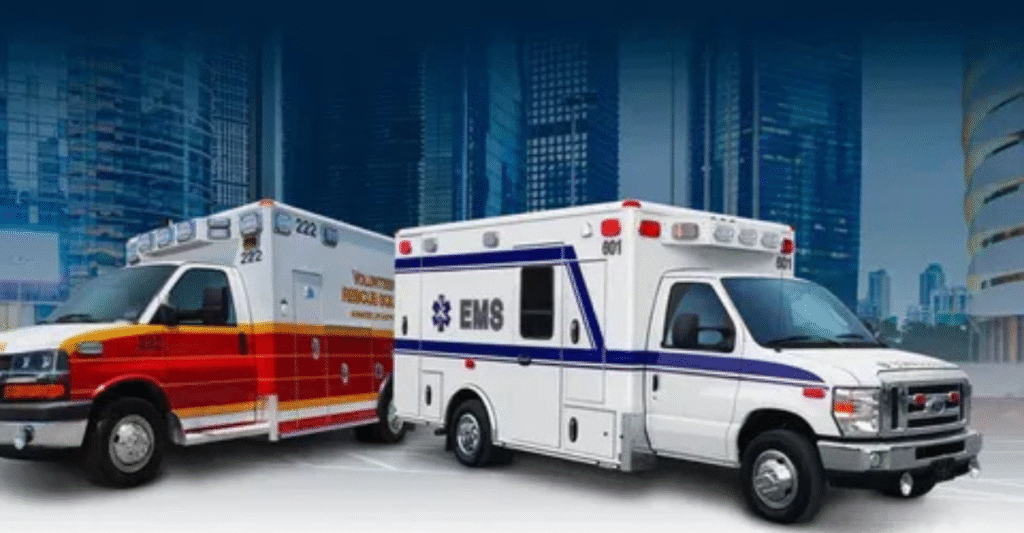
Ambulance prices are evolving as healthcare reform persists. Existing laws in some states mandate that “surprise billing”–when patients unknowingly utilize out-of-network ambulance services–be avoided
New technology such as telemedicine could also decrease ambulance utilization by enabling remote diagnoses prior to transport. Increased fuel prices and personnel shortages might maintain high costs, though. Know today’s costs and be aware of future patterns in order to prepare for emergencies and healthcare changes.
FAQ”s
How much will an ambulance ride cost without insurance
Costs vary by service and distance. Basic rides start around $400, while advanced services can exceed $2,500.
Does Medicare cover ambulance rides?
Yes, Medicare covers medically necessary rides, but not all non-emergency transport. Some costs like coinsurance still apply.
Can I negotiate an ambulance bill?
Yes, many providers allow negotiations, payment plans, or financial assistance if you request it.
Are air ambulances covered by insurance?
Sometimes. Most plans cover air transport only if it’s medically necessary and authorized.
Conclusion
It is worth knowing the cost of an ambulance ride so you’ll be prepared for emergencies. Ambulance charges are diverse and based on type of service, distance, degree of emergency, and insurance coverage. A short ride without insurance can run you hundreds or thousands of dollars. Knowing what drives cost, wisely taking advantage of insurance, and exploring options like membership plans or scholarships keeps you away from surprise bills